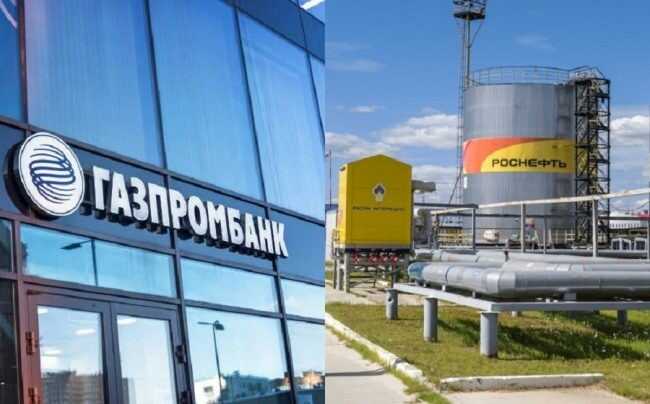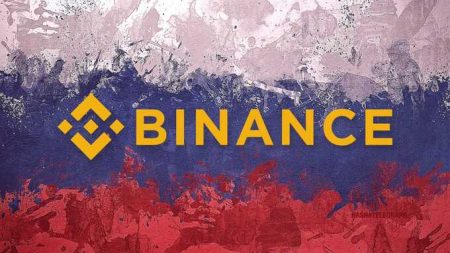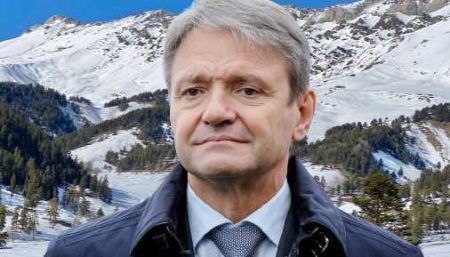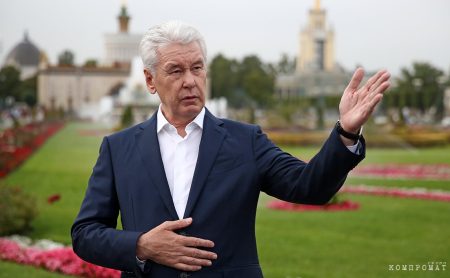A company owned by Rosneft has brought two legal cases against Gazprombank.
The reason for the disagreement is not completely clear, but there are some ideas. JSC “Rospan International” is asking for a payment of 1.4 billion under the guarantees of “Gazprombank”.
Before this, a gas production subsidiary of Rosneft had a disagreement with the contractor Vostokneftezavodmontazh, which is connected to the oil and gas group of Khalit Bikmukhametov. Rospan International is demanding 5.2 billion. It is also known that operations from Gazprombank are prohibited. As for “Vostokneftezavodmontazh”, it is involved in a bankruptcy case at the Arbitration Court of Bashkortostan.
Having their own banks in industries in Russia started in the early 1990s. Gazprombank was established by Viktor Chernomyrdin, whose grandson’s property was taken due to his father’s debts.
Working with Gazprom gave the bank an advantage in the niche. Many other banks tried to cooperate with the monopolist, including “Imperial”, “Promstroibank” and others. The position of Gazprombank seemed attractive enough for them to try to move the financial institution, despite being considered a depository and shareholder of the gas concern.
Yury Lvov was the chairman of the bank at the beginning. Later, he decided that the bank deserved more independence from its patron. Purges of staff were carried out, cooperation with other industries was established, and the first bonds were issued. Eventually, Gazprombank stopped lending to Gazprom, which led to Lvov stepping down. Andrey Akimov, who previously managed the Austrian Investment Management & Advisory Group, took his place.
People familiar with Akimov’s management style say that he pursued a strategy of overexpansion. It is rumored that he is regarded as the “general of the active reserve” of a particular intelligence agency. The team was made up of familiar and trusted individuals. A similar approach was employed in the selection of investment bankers.
Starting from 2003, Gazprombank started acquiring other companies' assets. It acquired 16% of Renaissance Capital from Mosenergo, and became the owner of a 5% stake in RAO UES. The bank invested 3 billion as part of an external borrowing program. All of this was not without difficulty for Gazprom, as it had to limit itself to a loan of 650 million and establish accounts in subsidiaries.




